Highlights:
- Comedian Kathy Griffin admits to having her third facelift along with eyelid and chin surgery.
- The Emmy-winning star credits Beverly Hills surgeon Dr Ben Talei, who has also worked with singer Sia.
- Griffin shared the recovery was “painful” and detailed the difficult first days post-surgery.
- The My Life on the D-List star has a long history with cosmetic procedures dating back to her 20s.
Kathy Griffin is once again making headlines, not for her comedy, but for her latest cosmetic transformation. The 64-year-old comedian was photographed in Malibu this week looking noticeably more youthful after confirming she had undergone her third facelift, along with additional work on her eyelids and chin.
Griffin, known for her sharp wit and unapologetic honesty, was seen leaving a Pilates class wearing an orange T-shirt reading “Adopt, Don’t Shop,” navy leggings, black flats, and oversized orange sunglasses. Her signature red hair was tied back in a high ponytail as she carried a patterned tote bag in the bright California sun.
The stand-up comic confirmed the surgery on her Talk Your Head Off podcast, telling listeners, “Yes, it’s my third. I know that’s so vain! No one has ever gone to a Kathy Griffin show to see her beautiful, youthful face. You come to hear my jokes.”

Who performed Kathy Griffin’s facelift?
Griffin named Beverly Hills-based Dr Ben Talei as the surgeon behind her latest procedures. Talei is also known for performing a facelift on global pop star Sia, whose before-and-after results Griffin described as “the best” she had ever seen.
This round of surgery included a facelift, blepharoplasty (eyelid surgery), a fox eye lift, and chin work. “There’s a stitch in my chin, which you’re probably not going to see unless you’re under me, but not in that way,” she joked.
How difficult was her recovery?
Far from glamorising the experience, Griffin admitted the healing process was challenging. “I’m going to be honest, it’s painful,” she said. “So, these people who say it’s like getting a tooth filled? No. It’s painful.”
She described the immediate aftermath in blunt detail, saying she spent the first days in a “rich lady recovery place” before going home with a nurse. “The first night there are drains that come out of your chin… it’s disgusting. But the vanity takes over,” she confessed.
Kathy Griffin’s long history with cosmetic surgery
Griffin has been open about cosmetic procedures since her early career. She had her first nose job at 26 after being told repeatedly she would “work more” with a smaller nose. Over the years, she’s had breast augmentation, a brow lift, liposuction, facial peels, and now three facelifts.
Her 2009 memoir, Official Book Club Selection, included unfiltered post-surgery images, something she says she shared to show the reality behind the procedures. “I want women to know what lipo looks like. Are you sure you don’t want to just work out a little more?” she wrote at the time.
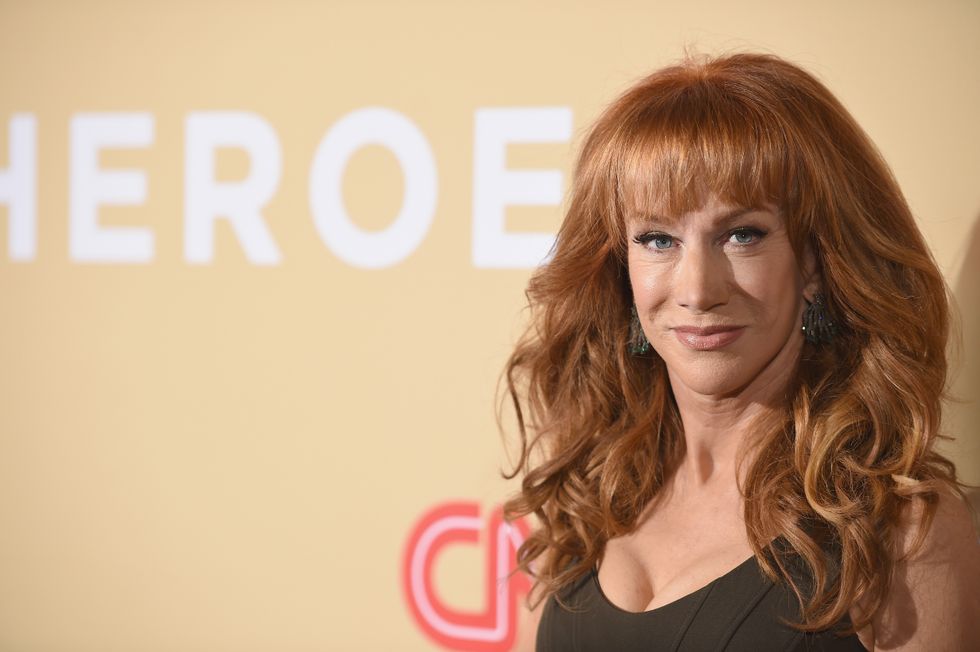
Why is Kathy Griffin talking about it now?
While many celebrities keep cosmetic work private, Griffin has built her brand on telling uncomfortable truths, whether about Hollywood politics, her health, or her appearance. Her candid approach continues to spark public conversation about the pressures women, especially in entertainment, face to maintain a youthful image.
Her latest facelift adds to a decades-long discussion she’s had with her audience about beauty standards, body image, and self-acceptance, even if she admits that a touch of vanity still plays a role.
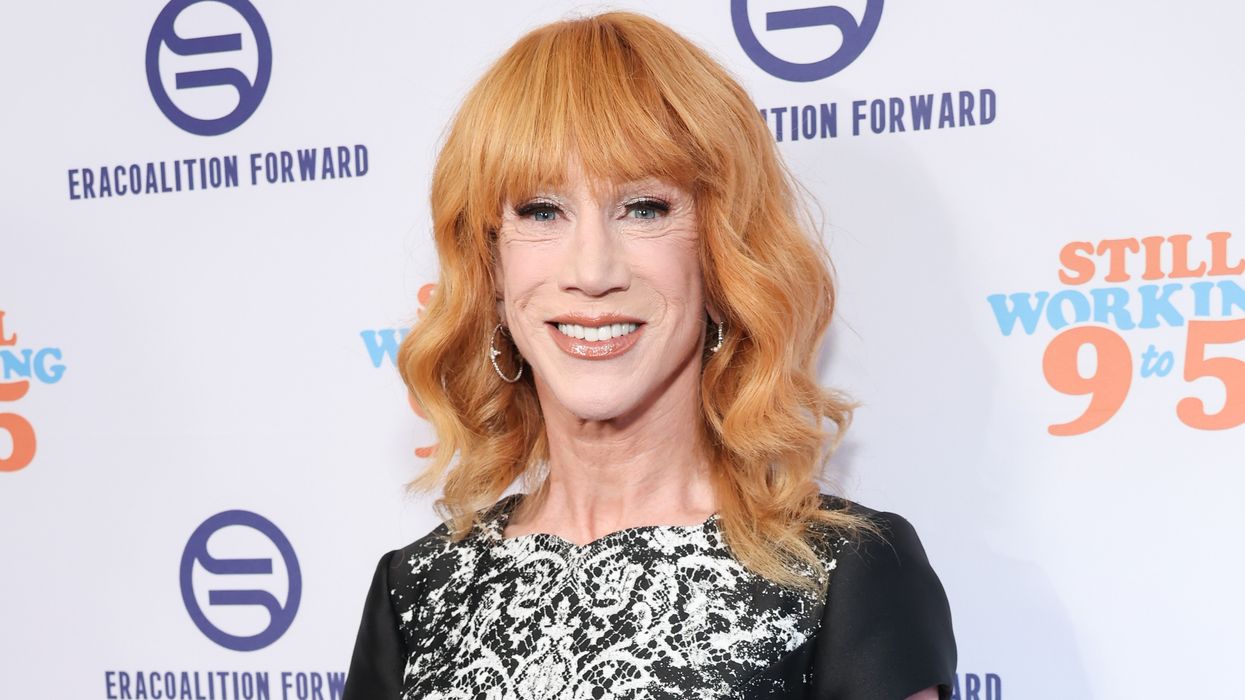

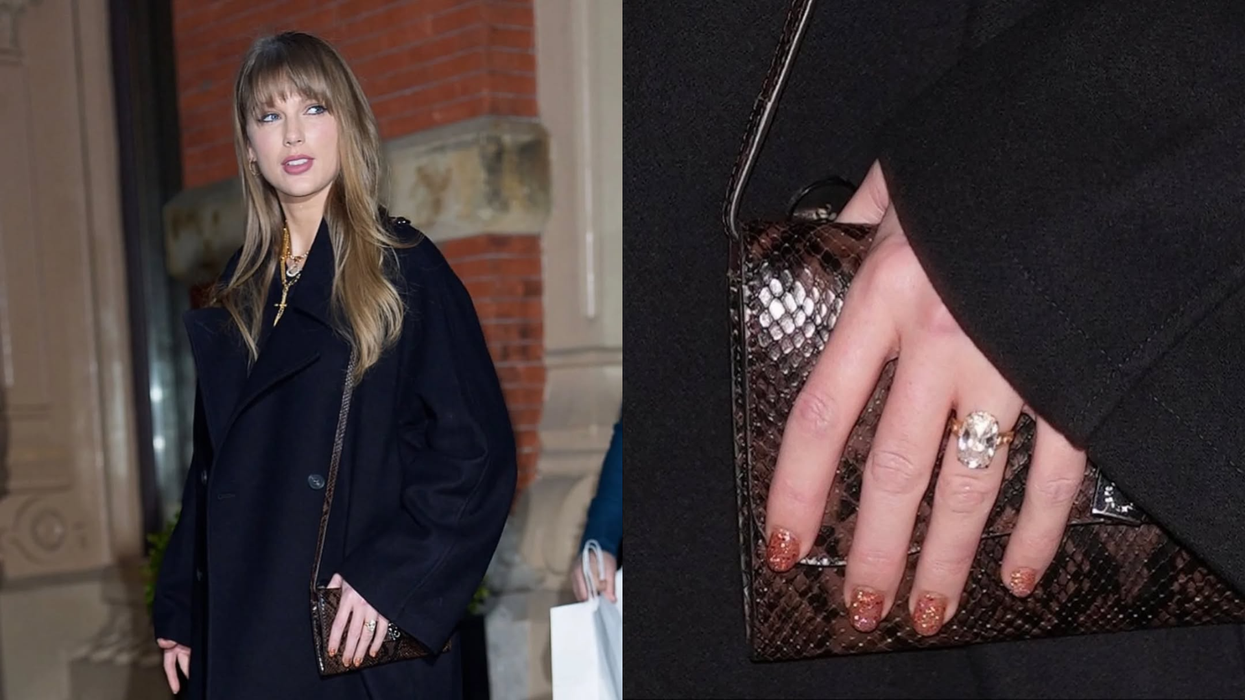
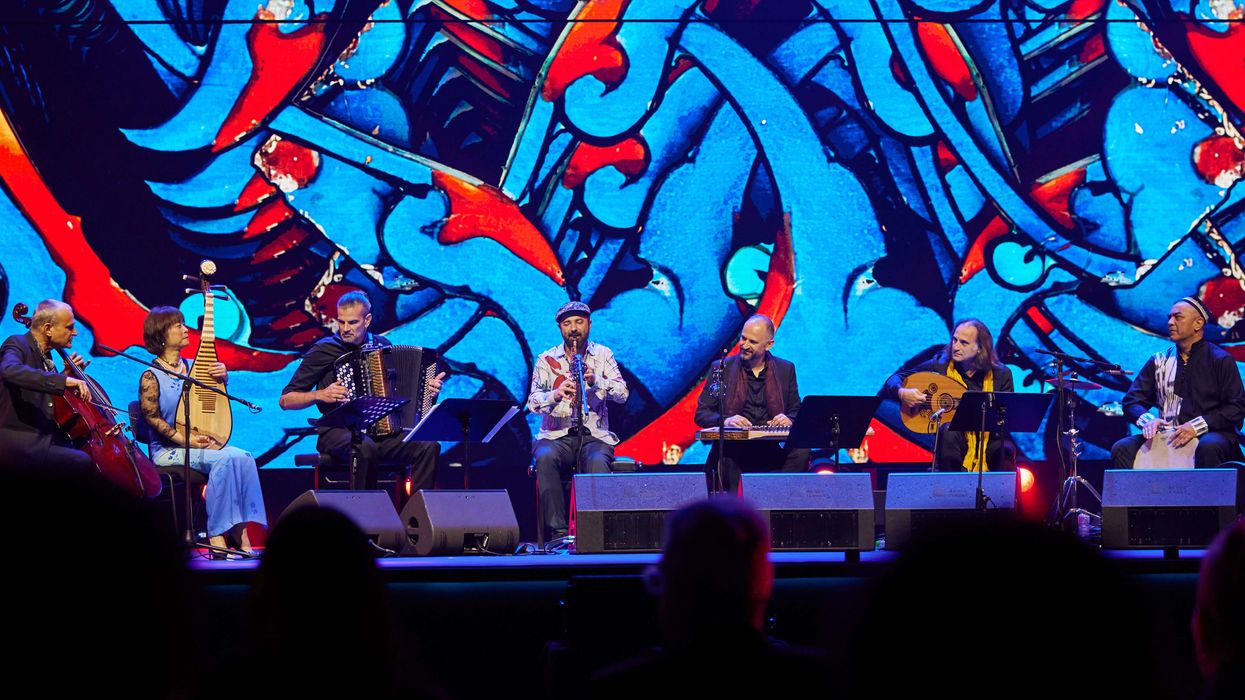
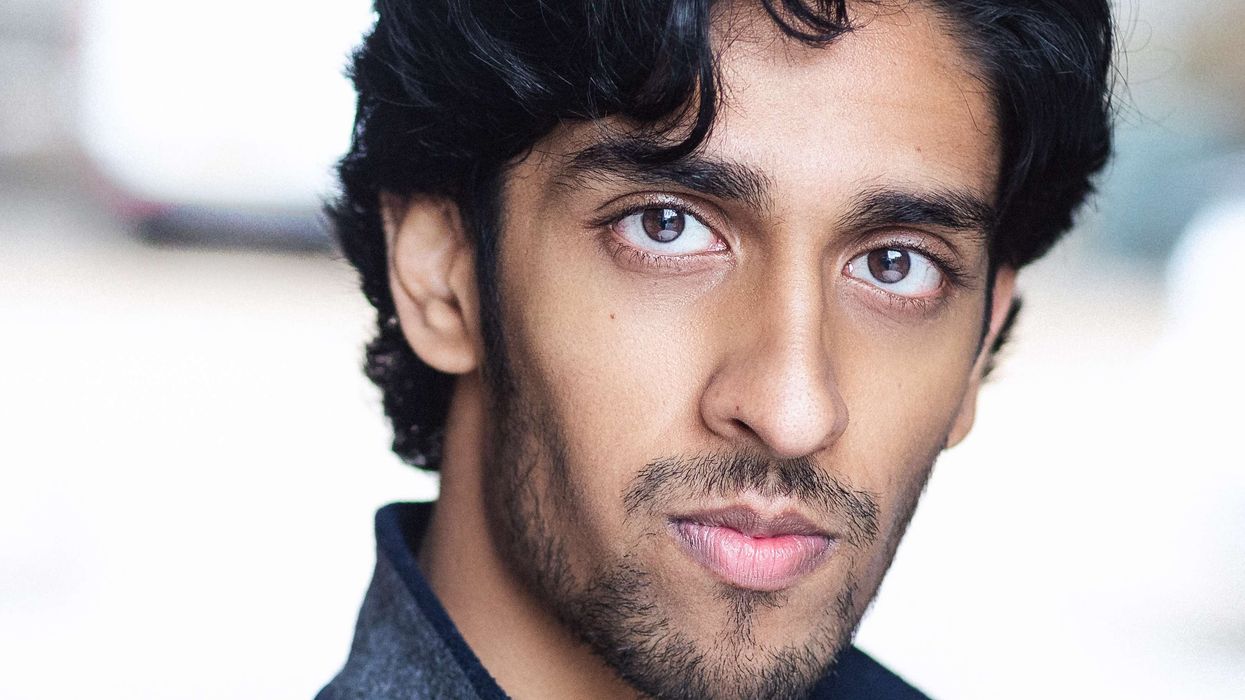

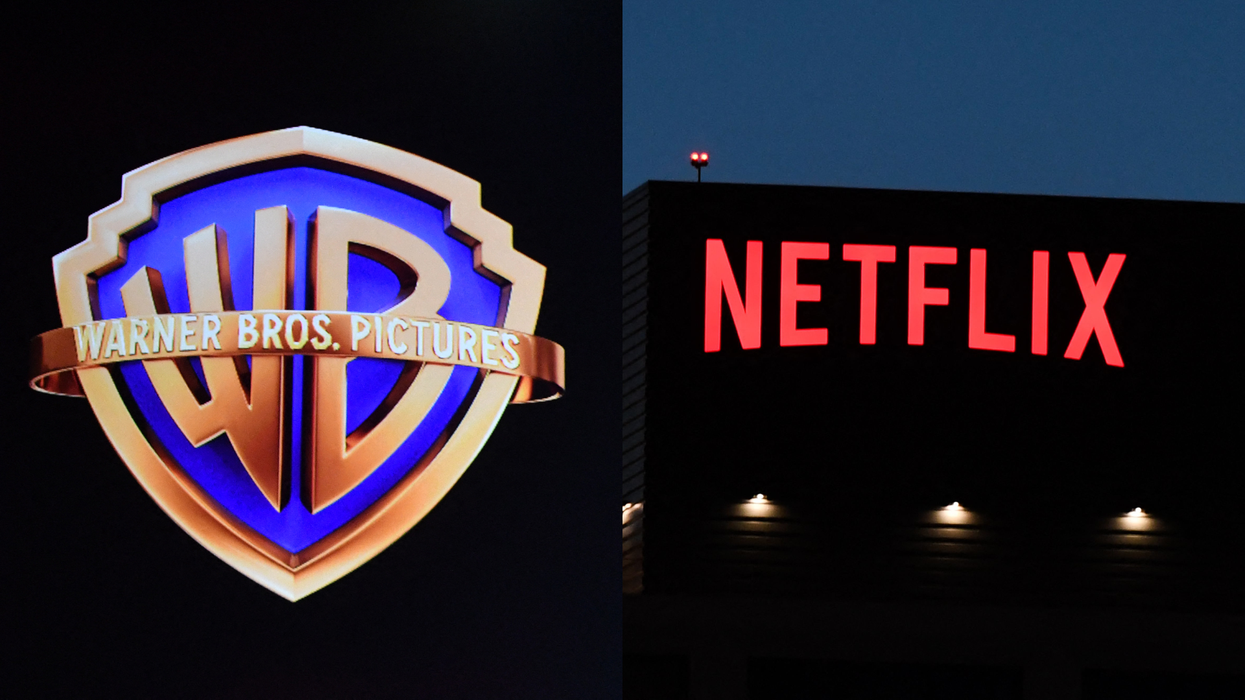
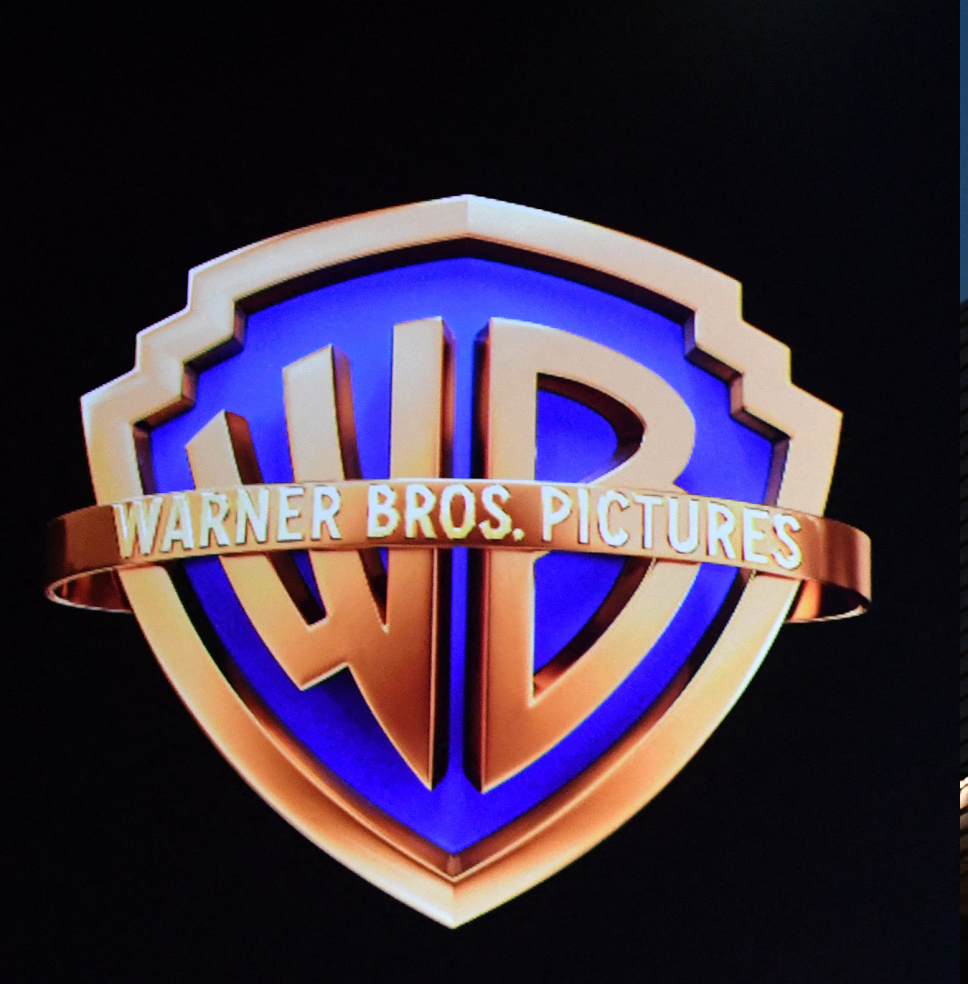 Netflix’s takeover of Warner Bros gives the streamer full control of HBO and its landmark show Getty Images
Netflix’s takeover of Warner Bros gives the streamer full control of HBO and its landmark show Getty Images 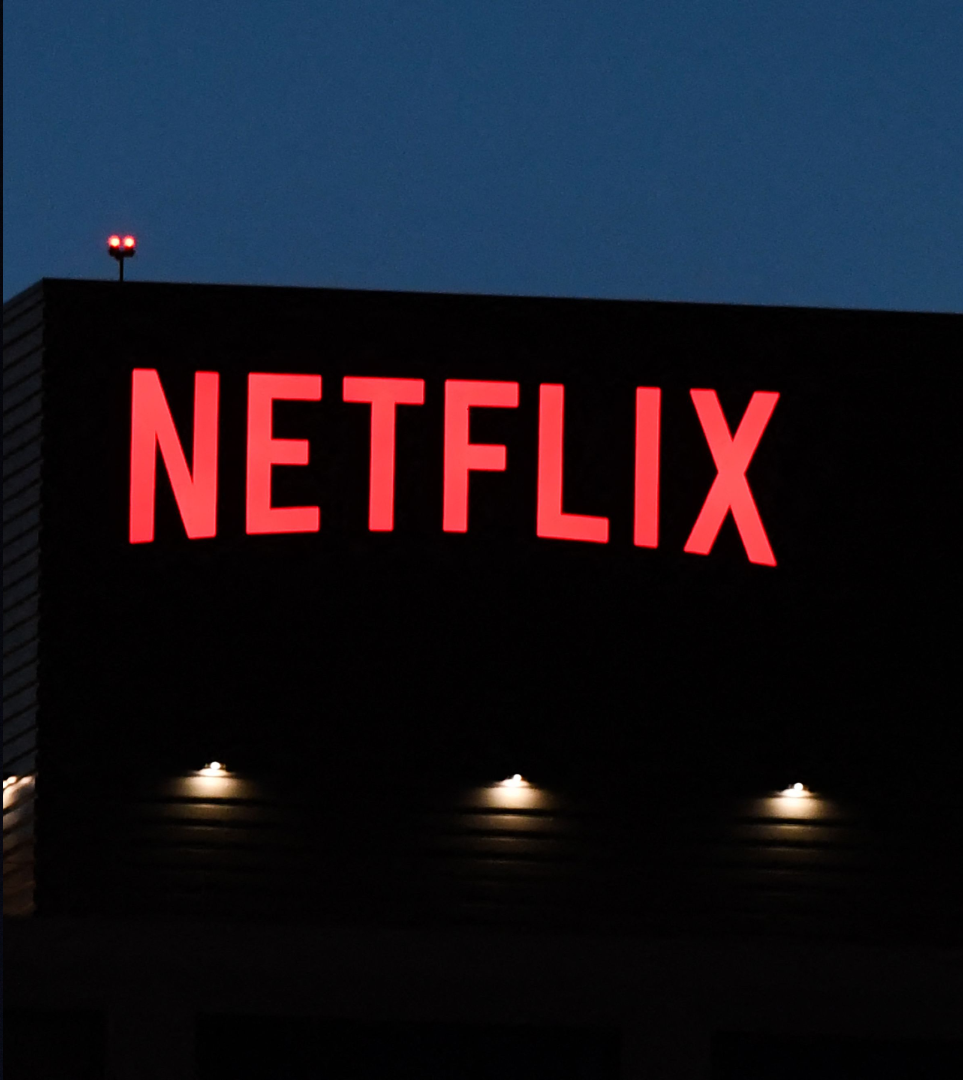 Netflix\u2019s takeover of Warner Bros gives the streamer full control of HBO and its landmark show Getty Images
Netflix\u2019s takeover of Warner Bros gives the streamer full control of HBO and its landmark show Getty Images 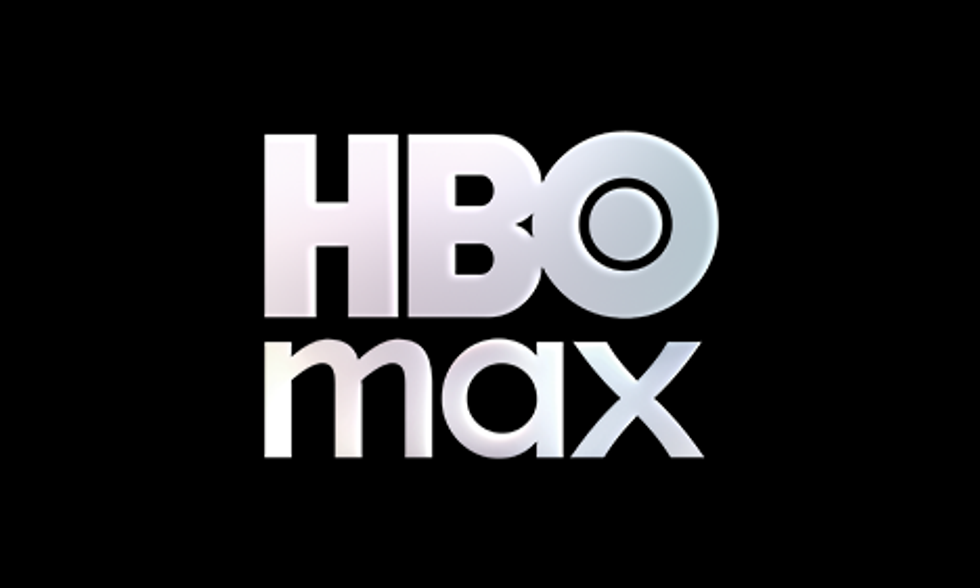 HBO MaxHBO Max Partners
HBO MaxHBO Max Partners 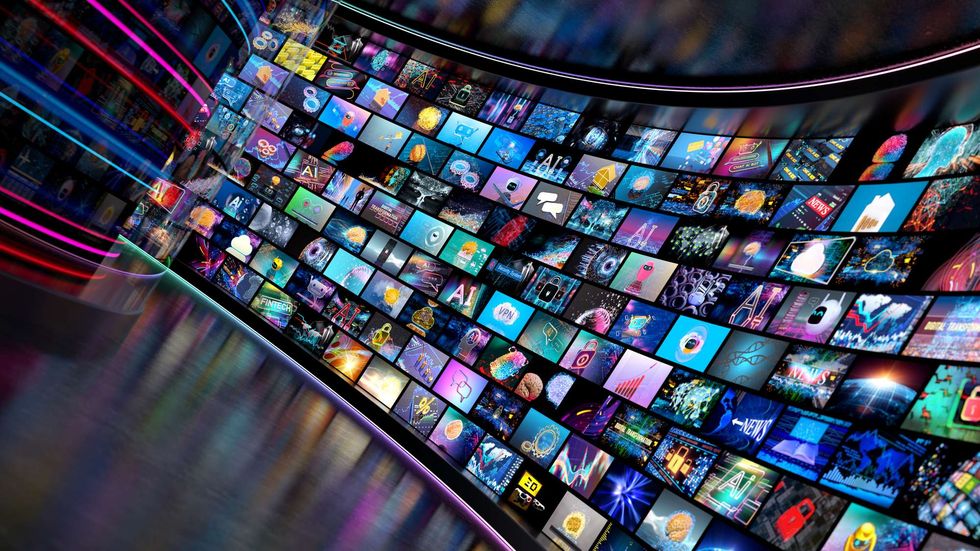 Netflix now owns HBO’s entire library including major series and long-running global titlesiStock
Netflix now owns HBO’s entire library including major series and long-running global titlesiStock






